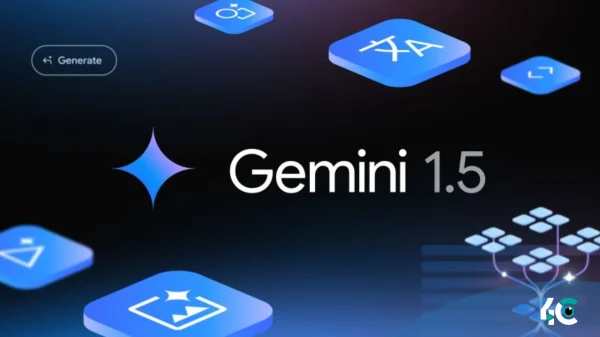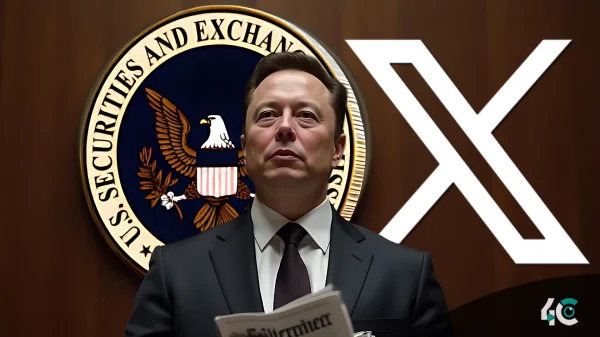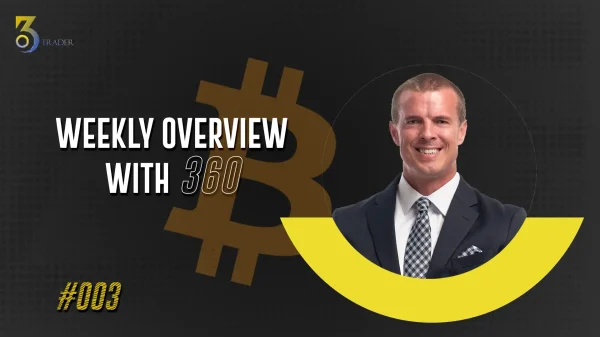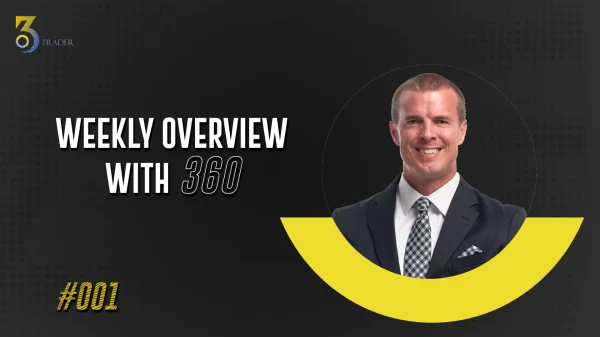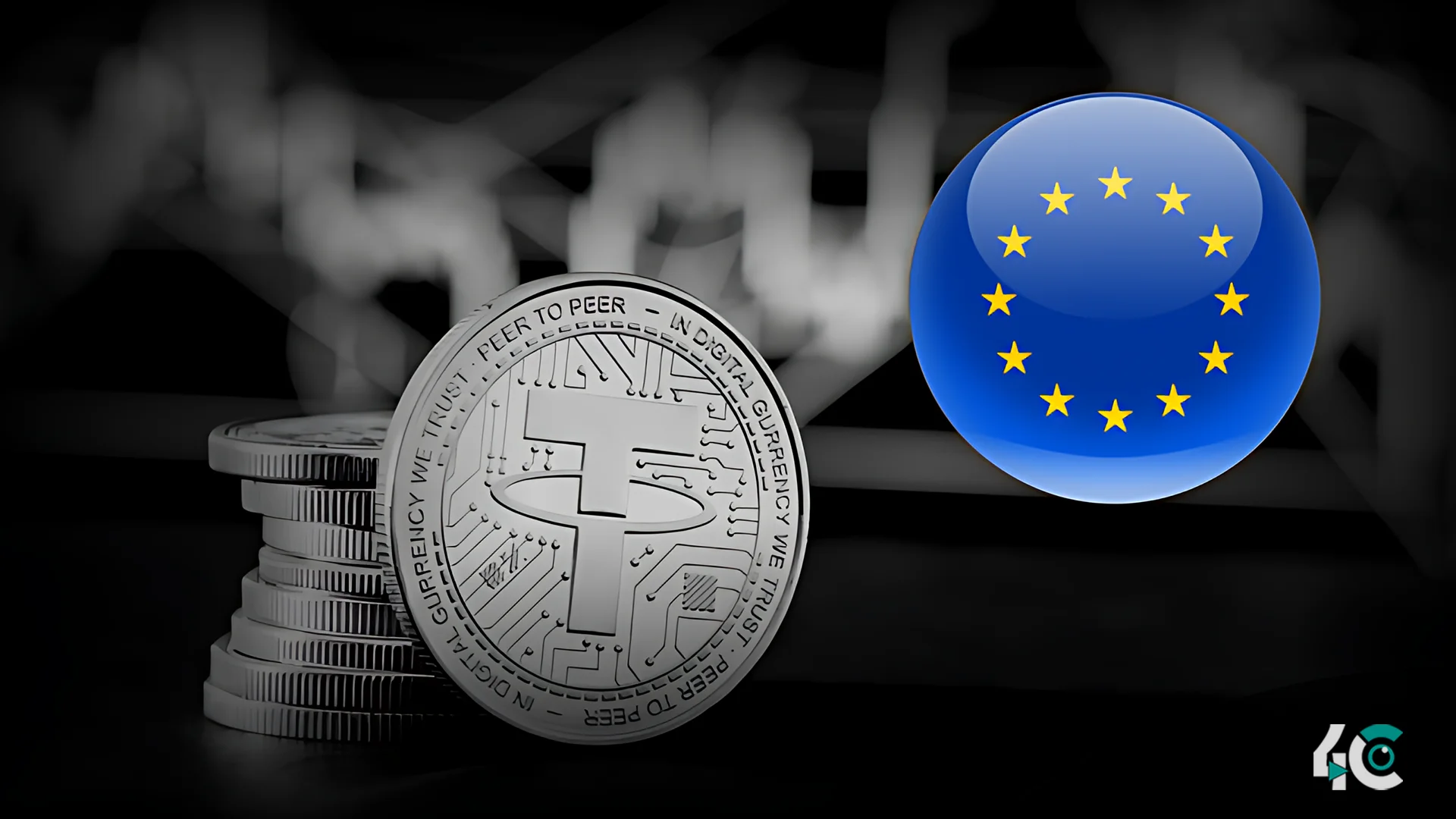The USDT stablecoin’s issuer, Tether, expressed dismay about the European Union’s new Markets in Crypto-Assets (MiCA) rules, which have caused delistings of non-compliant tokens, including its own USDT. In order to meet MiCA’s criteria, big cryptocurrency exchanges such as Crypto.com have started eliminating USDT from their systems.
While Coinbase had already taken USDT out of December 2024, Crypto.com revealed on January 29 that it would begin delisting USDT and nine other currencies on January 31. Tether attacked these “rushed actions,” saying they lacked a convincing explanation and sprang from nebulous comments.
Tether cautioned that the quick changes in regulations could throw off the market and maybe endanger EU consumers. Given MiCA is still in its early phases of deployment, the company thinks the delisting of several coins, not only USDT, could cause a “disorderly” market.
Beyond the direct influence on the market, Tether underlined the special difficulties MiCA presents for EU-certified stablecoins. Tether claims that some features of MiCA impede the operations of EU-licensed stablecoins and might create fresh concerns. Specifically, the market for USD-backed stablecoins in Europe is far smaller than in developing nations, where USDT is still somewhat popular.
Tether is dedicated to innovation even as it is modifying its European plan to fit the changing regulatory scene. Designed to fit MiCA regulations, the company is funding fresh initiatives including Hadron and Quantor.
Notwithstanding the difficulties, Tether said MiCA might offer a more ordered regulatory framework, which might encourage expansion in the crypto sector. Still, the future of stablecoins in Europe is unknown as the regulatory environment evolves, and investors are attentively observing forthcoming changes in exchanges.



















